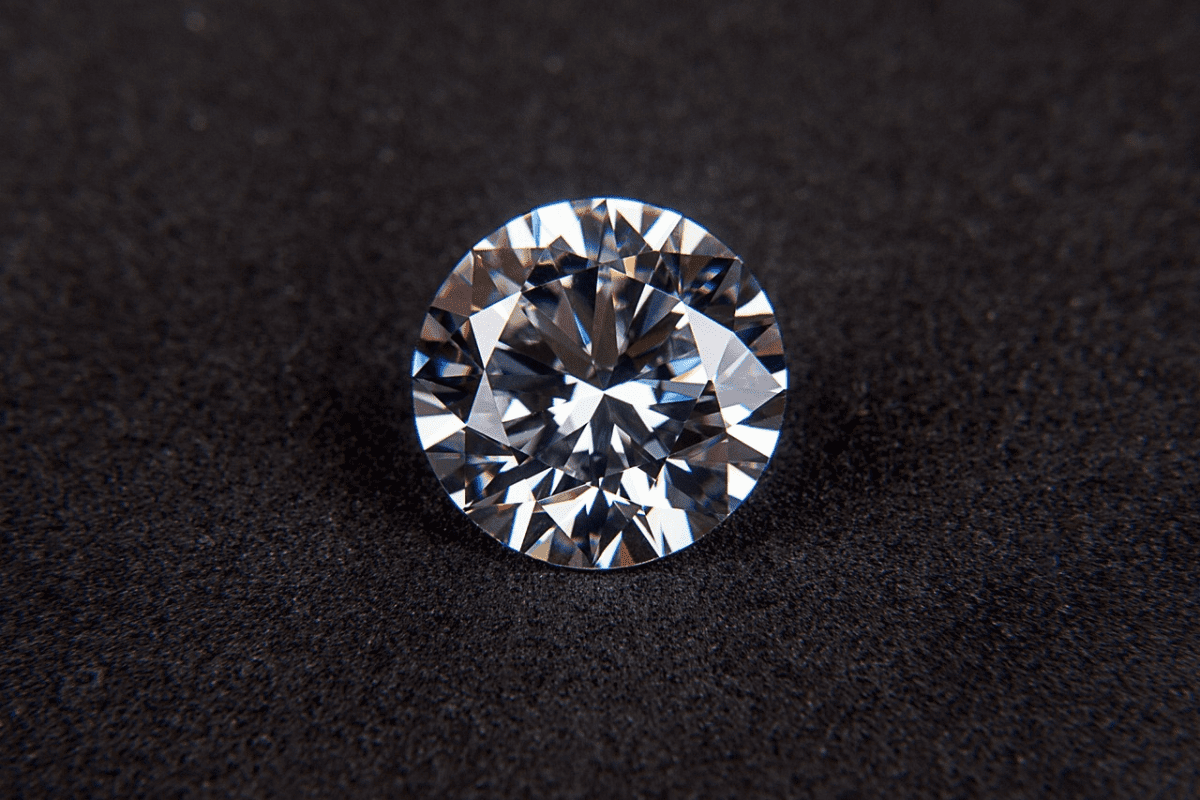Lab-Grown Diamonds vs. Cubic Zirconia: A Guide to Choosing Your Perfect Gemstone
For most people looking for beautiful yet budget-friendly alternatives to mined diamonds, lab-created diamonds and cubic zirconia (CZ) are probably the first two in the list. However, while both exhibit beauty and affordability, they are worlds apart in their makeup and durability and worth. With this guide, you will discover how these stones are unique in different characteristics to know which gemstone meets your needs, ethics, and lifestyle.
1. Understanding the Basics: Origins and Creation
Lab-Grown Diamonds: Science Meets Nature
Lab-grown diamonds are real diamonds produced under highly controlled, laboratory-like environments. They have the same chemical (carbon), physical, and optic properties as natural diamonds precipitated under two main methods:
High Pressure High Temperature (HPHT): Conditions of Earth’s mantle are mimicked. Carbon is raised to about 1,500°C and 1.5 million pounds per square inch within a space.
Chemical Vapor Deposition (CVD): Carbon-rich gases are pumped into a vacuum chamber. Then atoms will begin to settle on a diamond seed crystal using this process.
Lab-grown diamonds are originally developed from 1950s for some industrial applications. Later, they became popular for jewelry making in the 2010s after the advent of new technology advancements. It represents nearly 20 % of diamond sales today, an increasing figure demonstrating growing consumer interest in sustainable production.
Cubic Zirconia: A Diamond Simulant
Cubic zirconia is an alternative diamond that emerged with the advent of zirconium dioxide in the mid-1970s, which is self-producing, as opposed to lab grown carbon. It is the perfect example in that it doesn't exhibit the carbon crystalline structure of diamonds. The production process is complicated because it involves lengthy melting of the zirconium oxide powder with stabilizers at 4,982°F (2,750°C) before converting the mixture to crystals. On the other hand, as a result of its affordability and mass production, CZ finds its way into everyday fashion jewelry but does not last a lifetime like diamonds.
2. Key Differences: A Detailed Comparison
A. Composition & Authenticity
Lab-Grown Diamonds: Pure carbon organized according to the cubic crystal structure itself. It is similar to natural diamonds. Certified by gemological institutes (like GIA, IGI).
Cubic Zirconia: Zirconium dioxide with different crystal structure, "simulant" than diamond not related chemically but mimicking diamond aesthetics.
B. Durability: Hardness & Wearability
Lab-Grown Diamonds: Scored 10 in the Mohs scale (the highest) making them scratch-resistant for daily use (e.g. engagement rings).
Cubic Zirconia: Prone to scratches and cloudiness with time, especially under high-friction conditions which is normally found in the setting of rings.
Pro Tip: The Mohs scale measures hardness of minerals using diamonds: Only the diamonds scratch diamond, while some creativities like sand can mar CZ.
C. Brilliance & Optical Properties
Lab-Grown Diamonds: They have a refractive index of 2.42 giving a bright white sparkle with minute rainbow flashes ("fire").
Cubic Zirconia: Its greater dispersion (0.058–0.066 vs. diamond's 0.044) generates intense rainbow flashes, but it has a lower refractive index (2.15–2.18), which translates into less brilliance and a glassier appearance.
Visual Clue:Under a microscope, one may find rounded facet edges for CZ, but diamonds have sharp precise cuts.
D. Weight & Density
Lab-Grown Diamonds: 3.52 g/cm³ for density; a 1-carat diamond measures nearly 6.5 cm in diameter.
Cubic Zirconia: Over 5.5–6.0 g/cm³ denser. A CZ stone of the same size weighs roughly 1.7 times the amount of a diamond.
Example: A 6.5 mm "looks" like a 1-carat diamond but is heavier—giveaway for discriminating buyers.
E. Color & Clarity Options
Lab-Grown Diamonds : Available in colorless (D-F grades), near-colorless (G-J), and fancy colors (pink, blue, yellow) depending on controlled growth.
Cubic Zirconia: Generally colorless (simulating D grade diamonds) but can be dyed. There are no inclusions or color depth synonymous with diamonds.
F. Price & Resale Value
Lab-Grown Diamonds: Cost 50-70% lower than that of their natural diamonds. A 1-carat lab diamond will cost about between $300- $2000, depending on quality and some resale value retained.
Cubic Zirconia: Extremely affordable (e.g., $20-$50 for a 1-carat equivalent). No resale value due to mass production.
G. Longevity & Maintenance
Lab-Grown Diamonds: forever and mild soap, ultrasonic cleaners, or steam clean for maintenance.
Cubic Zirconia: Lacks a sheen after 1 - 2 years wearing every day. Keep away from harsh chemicals; clean with soft gentle rags.
H. Ethical & Environmental Impact
Lab-Grown Diamonds: Yes, eco-friendly, they use less water and energy than mining, although using up too much electricity in production. Ethically, they are conflict-free.
Cubic Zirconia: Conflict-free cubic zirconia, but mined zirconium and yttrium. Man-made cubic zirconia have a smaller environmental footprint than mining diamond mines, but their mass production raises waste issues.
I. Heat Resistance
Lab-Grown Diamonds: Up to 1,400°F (760°C). Safe repairs on jewelry.
Cubic Zirconia: it is sensitive to heat. Long exposure causes cracking or discoloration.
3. How to Choose: Scenarios and Recommendations
Choose Lab-Grown Diamonds If…
You're after an heirloom that transcends time (e.g., engagement rings, wedding bands).
There's an emphasis on toughness (for instance, for active lifestyles or everyday wear).
With sustainability being valued, there is no compromise on the attributes of a diamond.
Your budget allows for a fairly good investment (defined as mid-range as compared to natural diamonds).
Choose Cubic Zirconia If…
A splash of glamor is required on a small budget for occasions or travel.
You love to change jewelry styles very often.
It won't be worn on a daily basis (i.e., earrings or pendants).
You are testing out different designs before settling on the real deal i.e. diamonds.
4. FAQs: Addressing Common Queries
Q: Can jewelers tell the difference between lab diamonds and CZ?A: Yes. CZ differs from diamonds in that it has much sharper edges and a greater index of dispersion. cz will not conduct heat, a fact which can be tested by using diamond testers. Lab diamonds, however, cannot be distinguished from naturally mined ones without special tools.
Q: Do lab-grown diamonds hold value?A: They are more valuable than cz, but less than natural diamonds. So really think sentimental rather than investment.
Q: Can CZ be set in fine jewelry?A:Sure, only make sure to provide protective settings such as bezels to minimize chipping.
5. Conclusion: Beauty Meets Practicality
Lab-grown diamonds and cubic zirconia cater to different priorities. If you desire a forever gem with unmatched durability and prestige, lab-grown diamonds are ideal. For trendy, budget-conscious choices, CZ offers sparkle without commitment.
Final Tip: Consider blending both! Use lab diamonds for center stones and CZ for accent pieces to balance cost and longevity.
By weighing factors like ethics, budget, and lifestyle, you’ll find the perfect gemstone to celebrate life’s moments—responsibly and beautifully.

